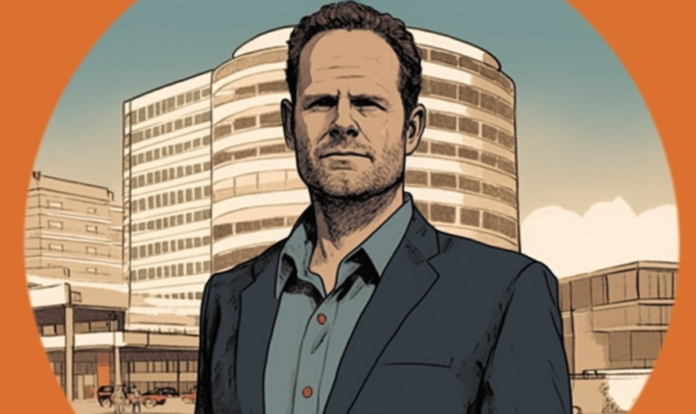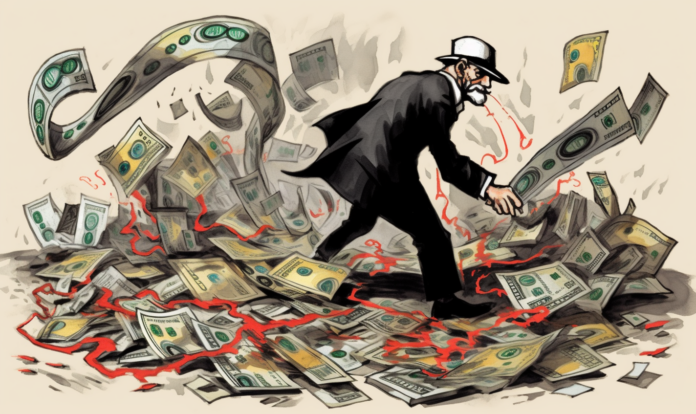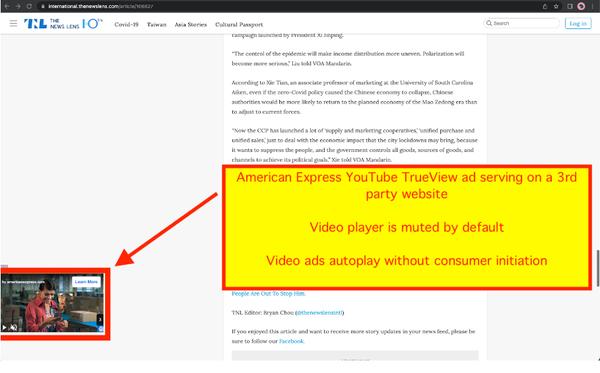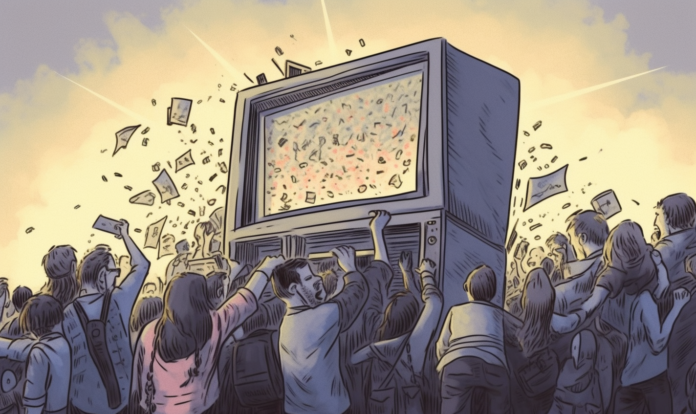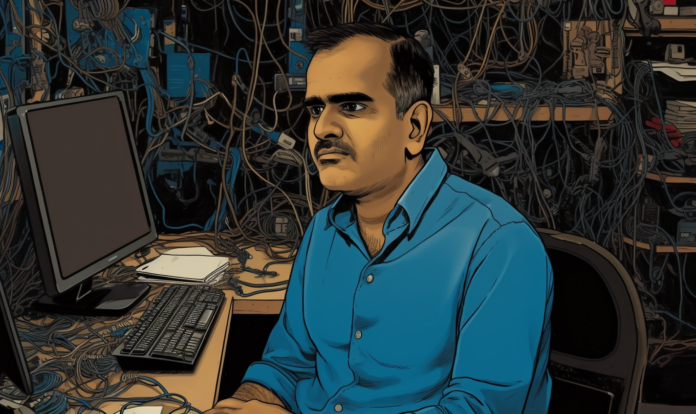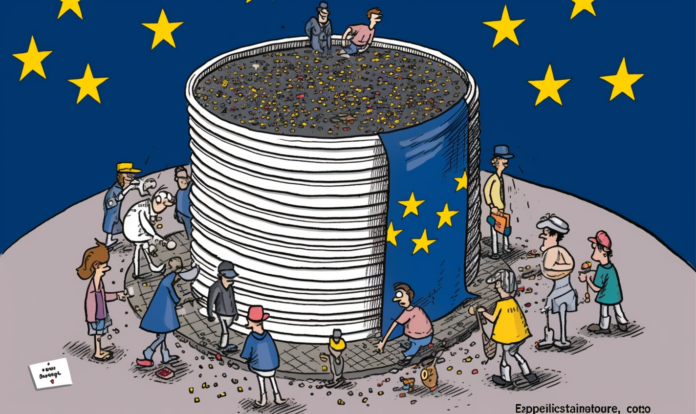Where the landscape can shift with the wind, one name stands out as a beacon of wisdom and innovation: Scott Schiller. As a seasoned veteran of the media industry, Schiller has been a driving force behind the growth of several prominent media brands.
As Executive Vice President at NBCUniversal and Executive Vice President at Glam Media, where I personally first met him, all those years ago, he demonstrated a flair for strategic thinking and operational execution that left an indelible mark on the industry.
But Scott Schiller’s story does not stop there. He is a man of many talents, but don’t take my word. He has taken on the role of Adjunct Associate Professor at NYU Stern School of Business, where he delves into the profound impact of technology on the entertainment and media business.
As if that weren’t enough, he also serves as an Executive-in-Residence at Progress Partners, a technology-focused investment bank, advising companies on how to thrive in the ever-evolving digital landscape. As a senior media advisor, he works closely with companies to drive growth through well-articulated go-to-market business strategies and operational execution.
As we sat down with the media maverick himself, it quickly became evident that Schiller’s sharp wit and encyclopedic knowledge of the industry were a match made in heaven. We had wanted this interview for a while. Why? He can effortlessly traverse the complexities of digital media, technology, data, and monetization while vividly portraying the future of advertising and media consumption. I only wish I had asked more and better questions.
In our first tête-à-tête, we explored Schiller’s insights into the evolution of technology and its impact on the media industry.
“Technological innovation is the catalyst for change,” Schiller remarked with a knowing smile. “In the entertainment and media business, we’ve witnessed how technology has consistently unlocked new consumer behaviors since the dawn of media. The problem, however, is that our industry often moves at the speed of a snail on vacation. We saw it with the advent of streaming, from the Napster days to YouTube. Ever tried doing something different, and people around you are like, ‘Wow, why are you doing that? Can you say ‘streaming video’?”
When it comes to pivoting and transforming business models, Schiller is no stranger to the challenges that lie ahead. He pointed out that business model innovation is often hindered by the tug-of-war between current models and future growth scenarios. He has suggested pacing the rollout of new ideas and growth plans as demand scales, using the examples of traditional TV media companies grappling with declining linear viewership, while successful streaming entities strike a delicate balance between subscriptions and advertising.
Schiller’s insight into the pace of innovation within the media industry is a testament to his keen observation and experience. It is a landscape where the struggle between tradition and progress often determines the trajectory of success. “Business model innovation is a delicate dance,” Schiller quipped. “Companies find themselves torn between clinging to current models, even if they’re on the decline, and envisioning ambitious growth scenarios. It’s like walking on a tightrope without a safety net!”
As one of the co-founders of the Interactive Advertising Bureau (IAB), Schiller shared the motivation behind establishing this crucial initiative and the impact it has had on the industry. “The IAB was born out of a vision shared by a group of industry colleagues who foresaw the future business opportunities at the intersection of content, technology, and data,” he recounted. “We provided a solid foundation of common nomenclature, standards, and third-party validation of digital media’s value. Today, the IAB is a powerhouse representing the breadth and depth of the digital ecosystem.”
With the rise of Connected TV (CTV) and the increasing number of cord-cutters, we couldn’t resist delving into Schiller’s profound insights. “When someone says ‘CTV,’ I envision digitally delivered video compared to linear,” he shared. “Consumers now have the freedom to pick content and watch it at their convenience. Linear TV is becoming as antiquated as a telegram in the digital age!” Consumers pick content and watch it most conveniently. They don’t say, ‘Hey, I want to watch some linear TV!'”
Offering advice to brands hesitant about embracing CTV, Schiller’s words carried the weight of a seasoned sage. “Digitally delivered television opens doors to younger, more affluent audiences,” he affirmed. “Flexibility is key. Embrace the opportunities and realize that measurement and currency models may have their pros and cons.
Schiller’s expertise in CTV advertising technology emerged like a magician revealing a well-guarded secret. “The growing importance of first-party data and identity in transforming the TV advertising business is a game-changer,” he explained with enthusiasm. “Marketers now have the power to optimize their media spend with precision and measurability. Networks can secure premium rates for more targeted inventory. It’s a feast of opportunity!”
As our conversation delved deeper into the world of Connected TV (CTV), Scott Schiller’s enthusiasm for the topic was contagious. With a spark in his eye, he elaborated on how CTV can be a results-based option with conversion marketing, redefining the traditional metrics of audience reach.
“The TV advertising ecosystem is undergoing a profound transformation,” Schiller asserted, leaning in with fervor. “Gone are the days of one annual ‘upfront discussion’ where holding companies drove price and volume negotiations. We’re now moving towards year-round, flexible marketer-driven solutions and programs that measure tangible business outcomes in-store and online.”
In the ever-evolving media landscape, Schiller highlighted that the key to success lies in embracing innovation and quantifiable results. “Every day brings innovations and opportunities to reach and measure consumer engagement and purchase in video across multiple platforms,” he exclaimed. “From TikTok, Snap, to YouTube, the possibilities are boundless!”
However, one aspect that truly captured Schiller’s excitement was the emergence of Shoppable TV – a game-changer that could potentially explode in the years ahead. His eyes lit up as he continued, “Shoppable TV is like a revelation! Companies such as Kerv are paving the way for mainstream media to enable shopping during your favorite TV shows. Just imagine, Black Friday 2023’s NFL live football game with the Miami Dolphins versus the NY Jets, live on Amazon Prime, transforming into a consumer’s (and the entertainment industry’s) wake-up call to a broader opportunity.”
Schiller’s forward-thinking approach shone through as he emphasized that Shoppable TV opens new avenues for marketers to drive meaningful customer actions. The seamless integration of e-commerce into digital video is a game-changer for brands seeking to connect with consumers on a deeper level. With this technological leap, the lines between content and commerce are blurring, and marketers can leverage this convergence to create engaging, interactive experiences that drive immediate actions.
As he leaned back in his chair, the room buzzing with excitement, Schiller summed it up succinctly, “The marriage of CTV and conversion marketing is a match made in media heaven! We now have the tools to quantify results for marketers and measure outcomes like never before. It’s no longer just about reaching an audience but about connecting with them in ways that lead to tangible business impact.”
Go to Part 2 of our in-depth profile on Scott Schiller, where we discuss the convergence of digital and linear TV, the challenges faced by media companies in the current landscape, and the secrets to his enduring success as a media and technology industry leader. From co-founding the Interactive Advertising Bureau to mentoring and developing the next generation of talent, Schiller’s journey is one of passion, innovation, and unyielding dedication to the ever-evolving world of media and technology.





